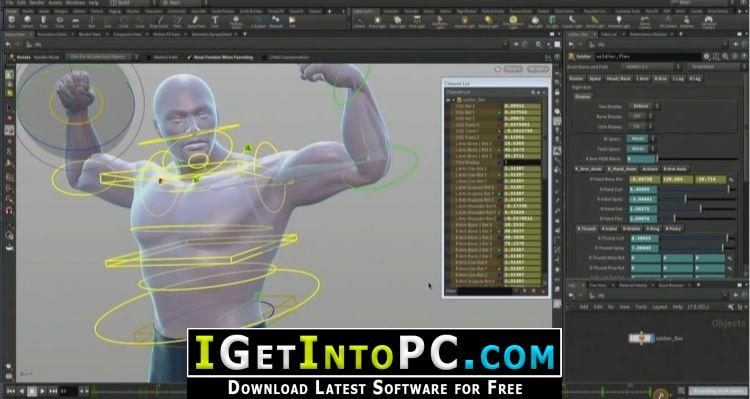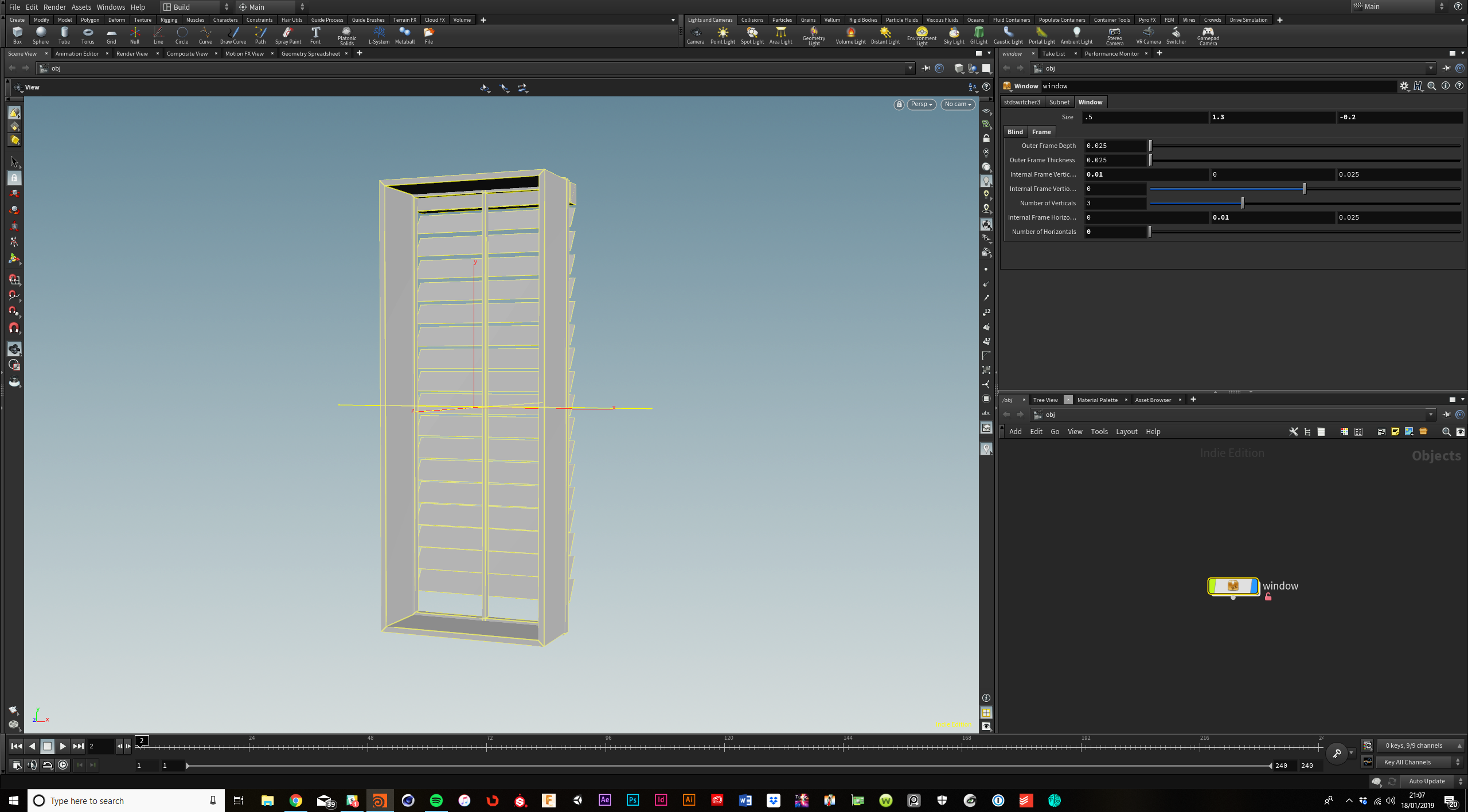

Houdini uses this procedural generation in production of textures, shaders, particles, "channel data" (data used to drive animation), rendering and compositing. This proceduralism has several advantages: it allows users to construct highly detailed geometric or organic objects in comparatively very few steps it enables and encourages non-linear development and new operators can be created in terms of existing operators, a flexible alternative to non-procedural scripting often relied on in other packages for customisation. Digital assets are generally constructed by connecting sequences of operators (or OPs). Houdini's procedural nature is found in its operators. However, any major scripting languages which support socket communication can interface with Houdini. Python is increasingly the scripting language of choice for the package, and is intended to substitute its original C Shell-like scripting language, HScript. Houdini is an open environment and supports a variety of scripting APIs. Plugin Development – development libraries for user extensibility.

#Houdini software download student full

Houdini covers all the major areas of 3D production, including these:


 0 kommentar(er)
0 kommentar(er)
